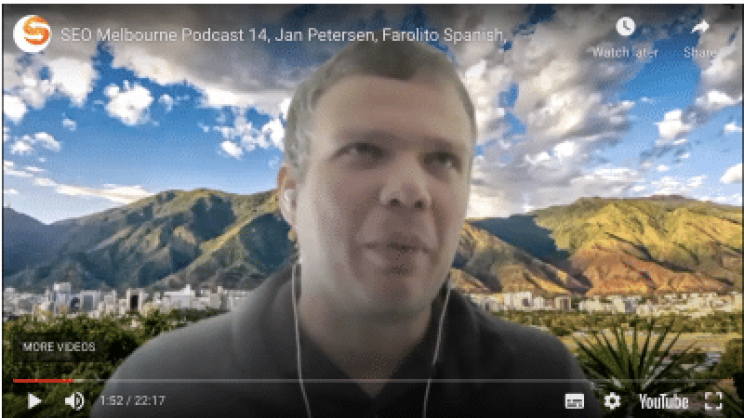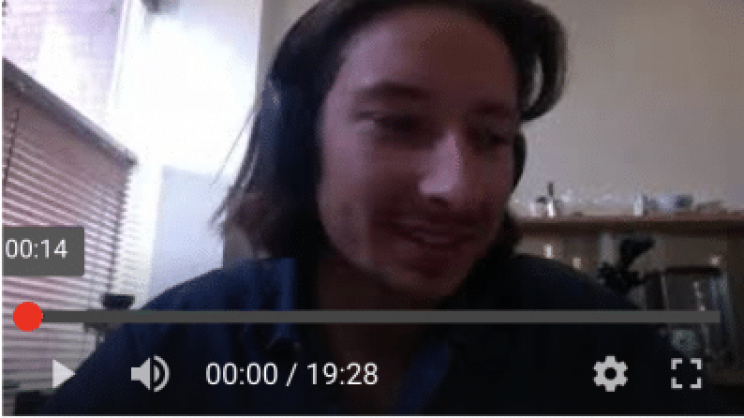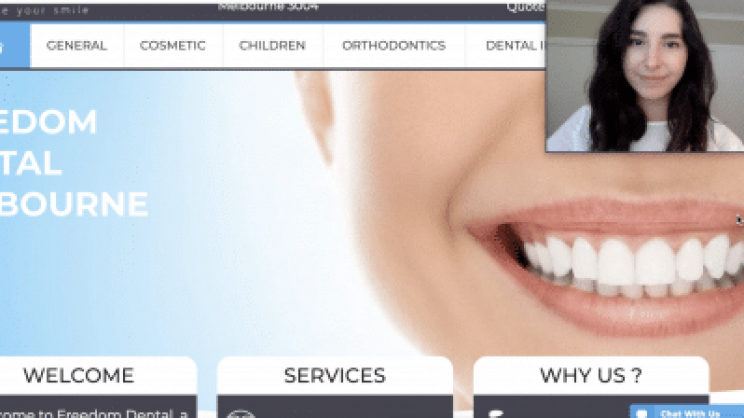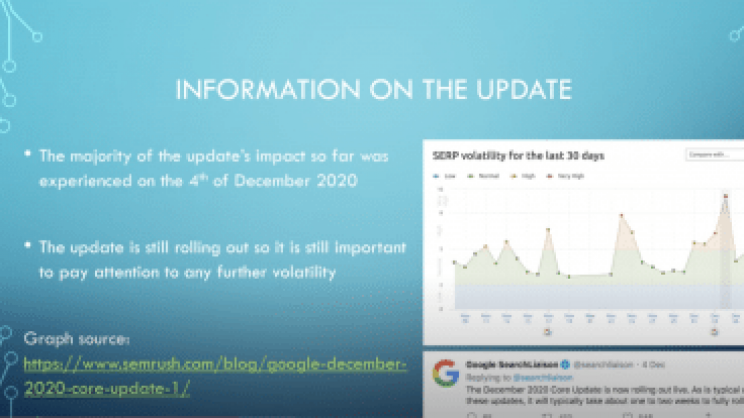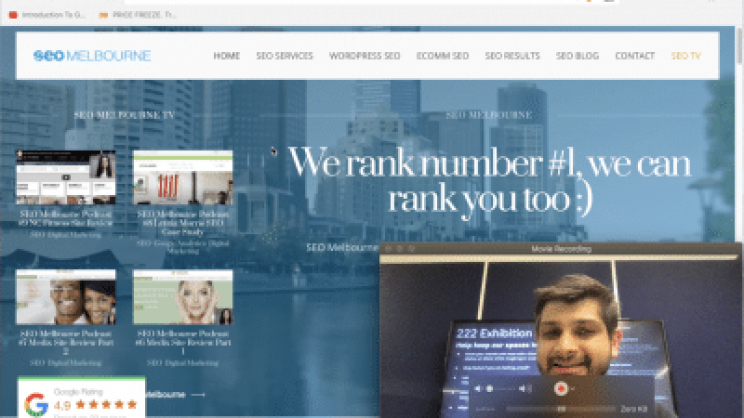WordPress SEO: The Basics
Using WordPress gives you complete control over your SEO and how your websites appear in search engines. Today we are going to talk about how you can most effectively use this impressive content management system, focusing on five key optimisation areas: your page titles, your page descriptions, your H tags, your permalinks, and your images.
Page titles are perhaps the most important on-page SEO element. Your page title should include the highest-ranking keyword. The page title will appear in the search engine results, with keywords in bold text.
Page descriptions are especially important for bringing people into your site. The description is what appears beneath your page title in the search results. Your keyword-targeted and concise service description should be less than 140 characters and include high-ranking keywords. In search results, the terms the user searches for will appear in bold; ensure you target your high-ranking keywords in your page description.
H Tags or header tags allow Google to see how the content on your page is structured. Use header tags to direct search engine’s attention to the most important content. Ensure your H1 tag contains your highest-ranking keyword, to help search engines prioritise your content. Each H tag after that should also include high-ranking keywords. Use H2 tags for navigation keywords, for example.
Permalinks refer to the text that appears at the end of your URL. Clear and understandable permalinks attract search engines, so don’t use confusing or incomprehensible links. Instead, make them intelligible and memorable, and ensure they include your keywords. Don’t include smaller words like “and” or “the” as this will just obscure your search results.
Image optimisation consists of two parts. First is the image title, which includes a high-ranking keyword relating to the image. Second is the alt tag, which is a separate keyword that maximises your search engine rankings. You can alter your image titles and alt tags easily when uploading a new image to WordPress or by editing it afterwards. Simply fill in the Image Title and Alt fields.
We trust that these WordPress SEO tips will help you build a solid SEO platform. When you’re ready to take the next steps, check out our videos on Intermediate WordPress SEO tips: Google Keyword Planner, Google Webmaster Tools and Google Analytics. If you want more content like these, make sure to check out SEO Company Melbourne for all things SEO
